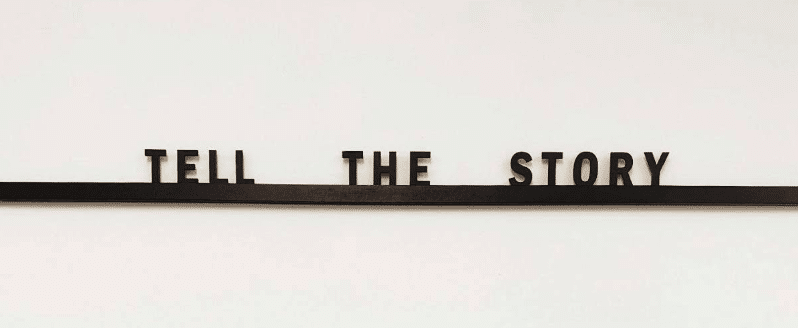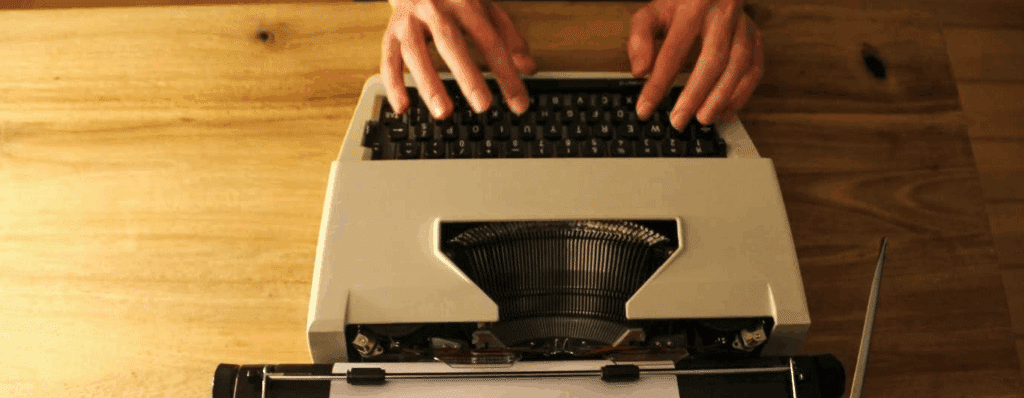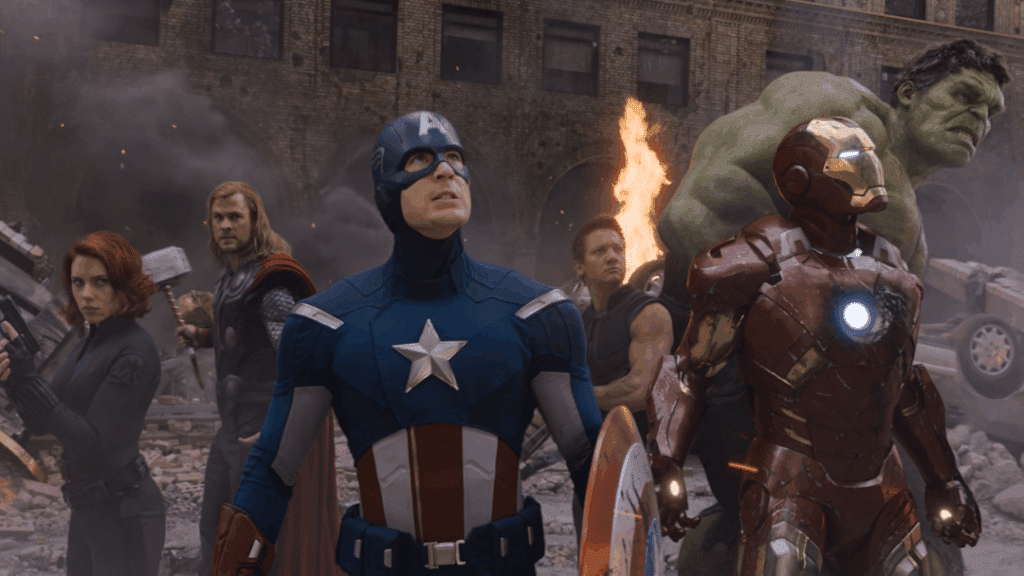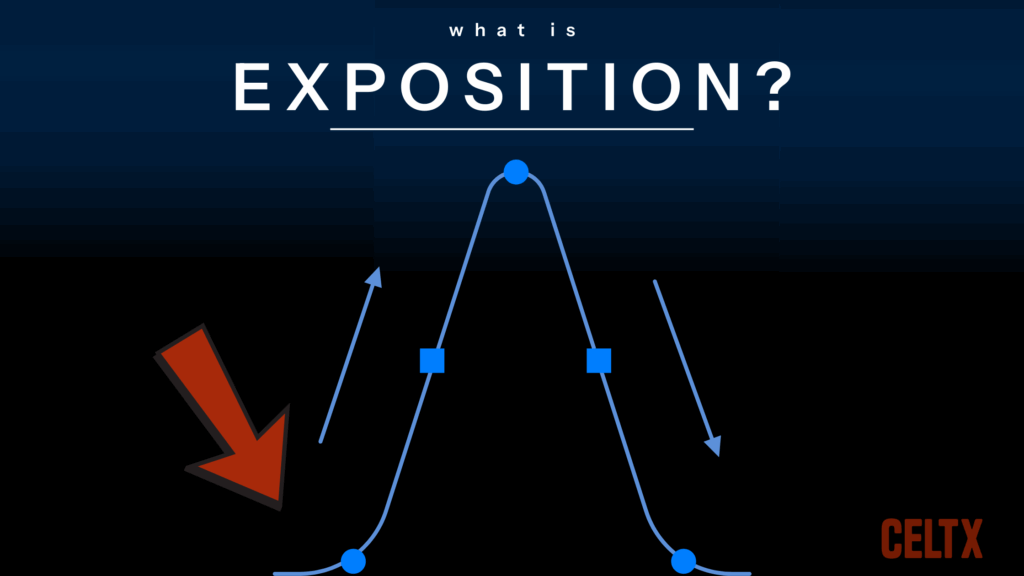
Why are we here? Right now? Well, it’s because we want to write stories!
Stories have the power to captivate, inspire, and transport us. As screenwriters, we’re often inspired by binge-watching our favorite TV shows, enjoying a blockbuster movie, or reading a gripping novel. And the secret behind why these stories stick in our minds, is due to their story arcs.
A story arc is more than just a series of events; it’s the blueprint that guides the emotional journey, pacing, and transformation of characters.
For writers, understanding story arcs is crucial. They shape the rise or fall of tension, define character growth, and ultimately determine whether an audience stays hooked or loses interest. So, it’s important we screenwriters master story arcs; it can be the difference between a flat, forgettable story and a narrative that resonates.
If you’re looking to do just that, then you certainly have come to the right place. In today’s blog, we’ll explore what a story arc is, why it matters, the most common types, and some of the best examples from film and TV.
Let’s begin our journey.

Table of Contents
- What Is a Story Arc?
- Why Story Arcs Matter in Storytelling
- Common Types of Story Arcs
- Plot Arc vs. Character Arc
- Examples from Film & TV
- How to Plan a Story Arc in Celtx
- FAQs
- Conclusion
What Is a Story Arc?
A story arc is the structural backbone of a narrative. It’s the path a story takes from beginning to end, including the emotional highs and lows, conflicts, and resolutions.
Think of a story arc as the roadmap for your narrative which helps ensure your story flows logically, builds tension, and delivers satisfying payoffs.
Story arcs aren’t just about events, but about change! They show how characters evolve, how conflicts escalate, and how themes unfold.
“Narrative is basically a sequence of events. Something happens, then something else, then something else. Human instinct compels us to stick around to see what happens next.” – Ira Glass
A well-crafted story arc ensures that every scene serves the larger narrative, keeping audiences engaged from beginning to end.
Okay, so what are the key elements of a story arc?
Exposition
First, comes exposition. This introduces the characters, setting and the initial situation the characters find themselves in.
Rising Action
Here, the conflicts and obstacles begin to build, creating tension.
Climax
The turning point or peak of tension where major conflicts reach their zenith.
Falling Action
Once we’ve reached the climax, its consequences unfold, and the loose ends start to resolve.
Resolution
The story concludes, revealing character growth and thematic closure.
Even though these elements are classic, modern storytelling often experiments with structure, mixing timelines, or playing with perspective, which still adheres to an underlying arc.

Why Story Arcs Matter in Storytelling
You might ask “Can’t a story just be a series of cool events?” Well, technically yes it can be, but stories without arcs often feel disjointed or unsatisfying.
So, if you are thinking that you just need a few exciting plot points, let us convince you otherwise:
1. Arcs Provide Emotional Resonance
Audiences connect to characters and events through emotional journeys. A clear story arc ensures that tension builds, stakes rise, and resolution is satisfying. Without an arc, a story may feel flat or aimless.
2. Arcs Guide Pacing
Arcs help writers control pacing. They determine when to ramp the conflict up, slow down for reflection, or insert moments of relief.
Well-paced arcs maintain audience engagement.
3. Arcs Ensure a Coherent Narrative
Story arcs prevent plots from meandering aimlessly. Every scene, subplot, and character action should contribute to the larger arc, creating a cohesive story.

4. Drive Character Development
Many story arcs are tied to character transformation. Through the arc, audiences witness growth, setbacks, and triumphs. This makes characters feel real and relatable.
5. Highlight Themes
By following a deliberate arc, you can reinforce the central themes of your story and its moral questions, giving your narrative depth beyond its events.
As you can see, story arcs aren’t just technical, but emotional. They guide both writers and audiences through a satisfying journey.
Common Types of Story Arcs
Story arcs come in a variety of shapes and sizes. However, some structures appear repeatedly in successful films, TV shows and novels.
Let’s break down the most common types:
The Hero’s Journey
Popularized by Joseph Campbell, the Hero’s Journey is a 12-step arc often used in fantasy and adventure narratives.
The Hero’s Journey follows a protagonist from ordinary life into a transformative adventure, where they grow and change. The key stages are:
- Call to Adventure
- Crossing the Threshold
- Trials and Allies
- Ordeal and Transformation
- Return Home
An example of the Hero’s Journey is Star Wars: A New Hope where protagonist Luke Skywalker leaves Tatooine, faces challenges, gains wisdom, and returns as a changed hero.

Three-Act Structure
One of the most fundamental frameworks in screenwriting is the three-act structure, which is made up of:
- Act One (Setup) – introduce characters and conflict
- Act Two (Confrontation) – Escalate challenges and stakes
- Act Three (Resolution) – Climax and story resolution
The three-act structure is flexible and is widely used in Hollywood.
Take The Lion King. In act one, we’re introduced to Simba and Scar’s threat. In act two, Simba is exiled and grows into a. Act Three resolves Scar’s tyranny and Simba’s return to Pride Rock.

“In the first act you get your hero up a tree. The second act, you throw rocks at him. For the third act you let him down.” – George Abbott
For a deeper dive into three-act structure, click here.
Five-Act Structure
Often used in classical drama, Shakespearean plays, and some TV series, the five-act structure expands on its three-act counterpart.
- Exposition
- Rising Action
- Climax
- Falling Action
- Denouement
Each season of Breaking Bad can be broken into a five-act progression, with rising tension, climaxes and resolution that feed into the next season.

The Mountain Arc
Character or plot development rises and falls like a mountain: tension builds steadily, peaks at a climax, then gradually descends. Common in thrillers and suspense stories.
In Inception, the heist plot escalates through layers of dreams, reaching a high-stakes climax before it resolves.

“Movies are basically about plot. They’re about the structure of incidents, one incident causing the next to happen. A play doesn’t have to be that. It … can be very simple: two guys waiting for Godot to show up.” – David Mahmet
Plot Arc vs Character Arc
It’s important to distinguish plot arcs from character arcs, though they often overlap.
So, what’s the difference?
A plot arc focuses on events, actions, and external conflicts. For example, a detective solving a case or a rebellion overthrowing a tyrant.
On the other hand, a character arc focuses on internal change, growth, or moral transformation. Just like a shy protagonist becoming confident, or a villain learning empathy.
Many successful stories weave both arcs together, ensuring that external events trigger meaningful internal change.
From setup to payoff, every great story arc needs structure. Build yours in Celtx and keep your writing on track.
Click here to get started.
Examples from Film & TV
Seeing story arcs in action can help us understand their practical application, which we can then apply to our own work.
Let’s take a look at some of the most famous examples of strong story arcs:
Harry Potter Series (2001-2011)
The story arc across the eight movies is a Hero’s Journey with a long-term character arc. Harry’s growth from an insecure boy to a courageous leader is mirrored in the escalating conflicts with Voldemort.
Each movie represents mini-arcs that build into the larger narrative.

The Avengers (2012)
This Marvel blockbuster is written using a three-act structure. Act One introduces the team and Loki’s threat; act two shows internal conflict and growing teamwork. Finally, act three resolves the battle with both external victory and character development.

Mad Men (2007-2015)
The story arcs of this well-known series are character driven with multiple plot arcs spanning the episodes. Don Draper’s personal transformation and struggles with identity unfold over the series, while episodic plots provide external conflict and tension.

The Godfather (1971)
Written in the five-act structure, The Godfather tells the story of Michael Corleone who transforms from a reluctant outsider to ruthless crime boss. Each act escalates stakes, tests loyalties, and develops moral ambiguity.
These examples illustrate that story arcs aren’t confined to one genre or format. They’re universal tools that shape narrative impact.
How to Plan a Story Arc in Celtx
Planning story arcs can feel daunting, but modern screenwriting software such as Celtx can simplify the process. And what writer doesn’t want that?
So, how do you plan a story using Celtx?
1. Start with an Outline
Celtx allows you to create a scene-by-scene outline. Identify your exposition, rising action, climax, falling action, and resolution.
Use our beat sheet tool within your project to plan out each plot point according to the arc you’ve chosen.
Find out how to use Celtx’s beat sheets here.
2. Assign Character Arcs
Within each scene, note how your characters grow or face internal challenges. You can easily track your characters using Celtx with the catalog tool.

3. Visualize Plot Flow
Use Celtx’s storyboarding or index card features to visually map out your narrative. This makes spotting pacing issues or weaker points in the arc easier.
4. Track Revisions
As your story revolves, Celtx keeps versions organized. You can experiment with alternate climaxes or endings without losing earlier drafts. Neat right?
Here’s more about how you can track revisions using Celtx.
5. Collaborate in Real-Time
If you’re co-writing, Celtx lets multiple writers edit simultaneously and leave scene-specific comments, ensuring that all story arc changes are integrated smoothly.
For more about how you can collaborate on your next project using Celtx, check out our dedicated article here.
Planning arcs in Celtx transforms abstract structures into actionable, trackable, and visually organized blueprints ready for production.
FAQs
Yes. Even in short formats, arcs give stories focus, pacing, and emotional payoff. Mini-arcs can condense exposition, climax, and resolution into a few minutes.
Plotlines refers to the sequence of events, while story arc emphasizes progression and transformation. An arc shows growth, stakes, and emotional trajectory, not just events.
Not necessarily. Some experimental or avant-garde works subvert traditional arcs, but a coherent narrative usually benefits from some form of arc to maintain audience engagement.
Absolutely. Multi-character or ensemble stories often have intertwined arcs, like in Game of Thrones, where each major character has a distinct arc that intersects with the larger plot.
It depends on the medium. A single movie might complete an arc in 90-120 minutes, a TV season might span 8-13 episodes, and a book series might stretch across multiple volumes.

Conclusion
Story arcs are the invisible threads that bind events, characters, and themes into a coherent, emotionally resonant narrative. They guide pacing, heighten tension, and ensure that audiences remain engaged from start to finish. From the Hero’s Journey to three-act and five-act structures, story arcs provide both a roadmap and a creative playground for writers.
Understanding and planning story arcs, whether in Celtx, on index cards, or through digital outlines, empowers writers to craft stories that resonate deeply with audiences. Whether you’re writing a blockbuster film, a TV series, or your first short story, mastering story arcs ensures that your narrative isn’t just a sequence of events, but a journey your audience will remember.
By combining clear structure, character growth, and thoughtful pacing, your story can achieve the kind of impact that leaves audiences thinking, talking, and returning for more.
Ready to map your own unforgettable story arc? Sign up for Celtx today — it’s free.
Up Next:

What is Exposition? (And How to Write it Without Losing Readers)
Once you’ve mapped out your story arc, it’s time to think about how you’ll share essential details with your audience. Learn how to master exposition without slowing your story down.
